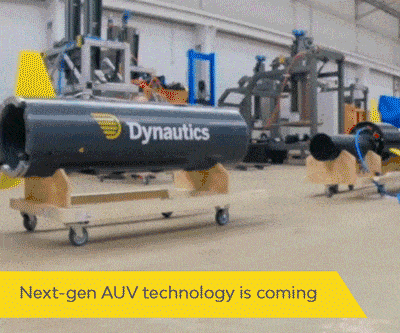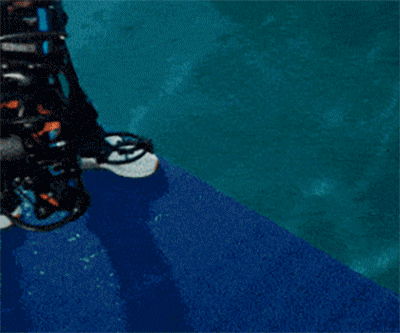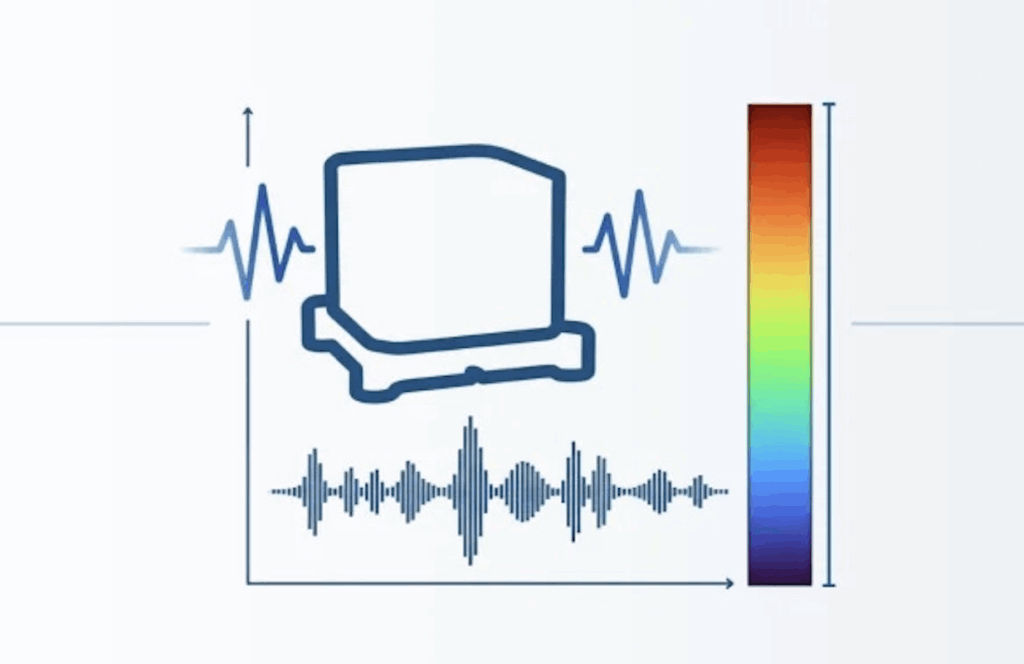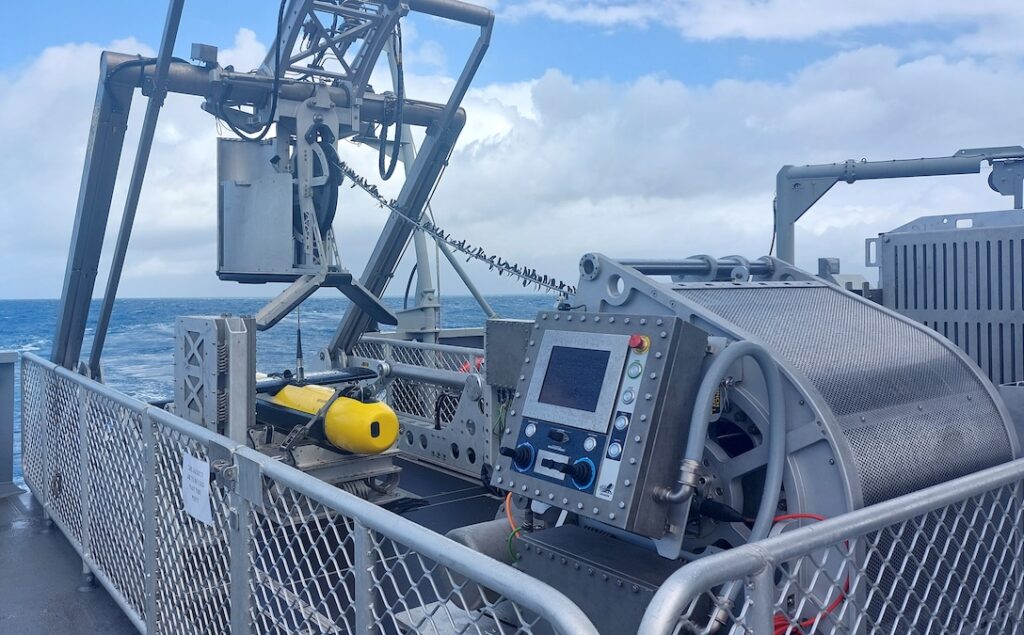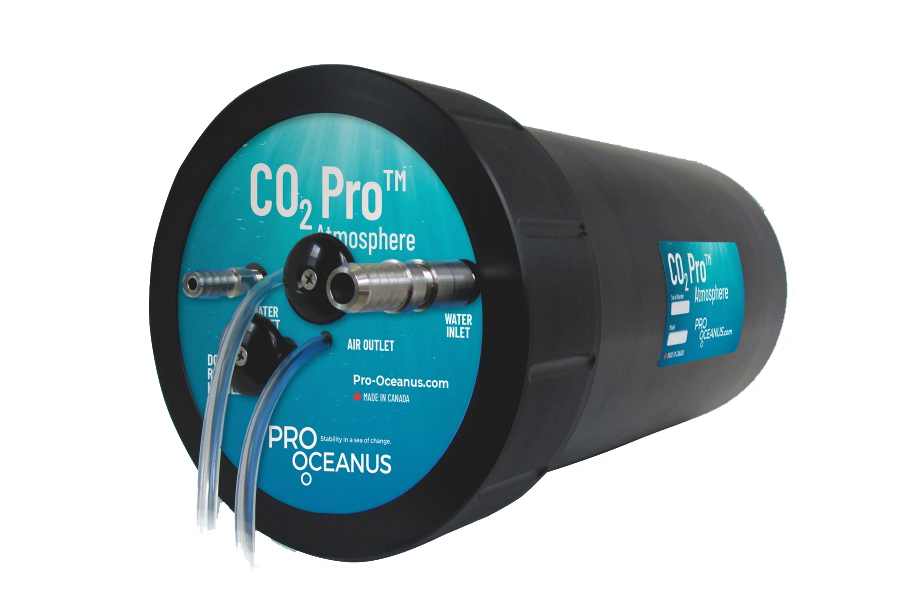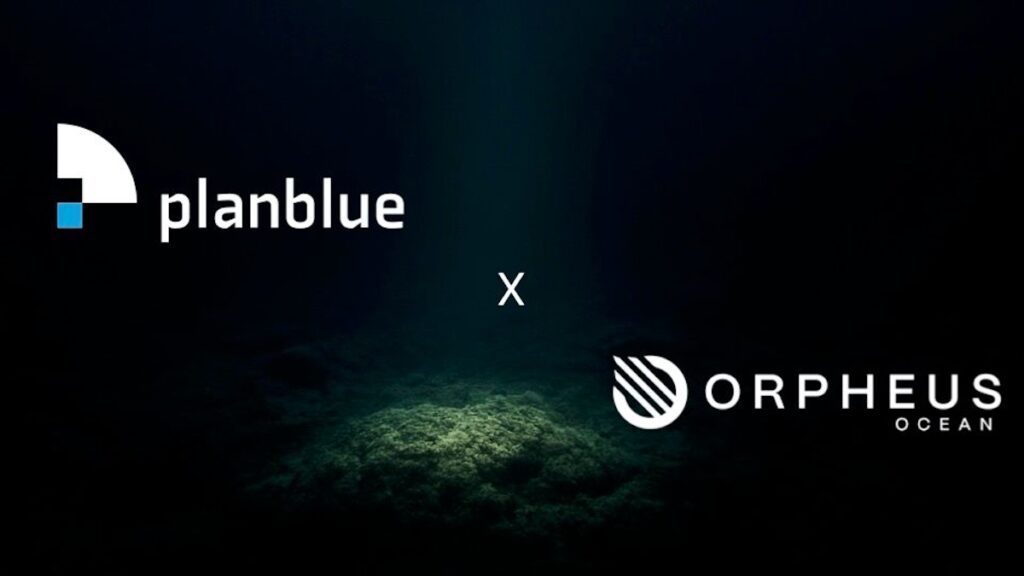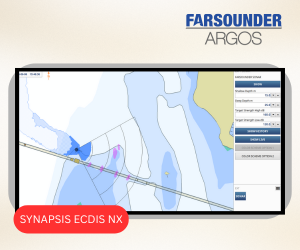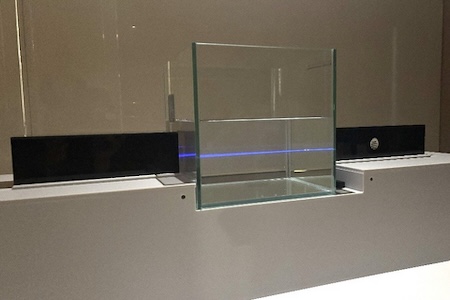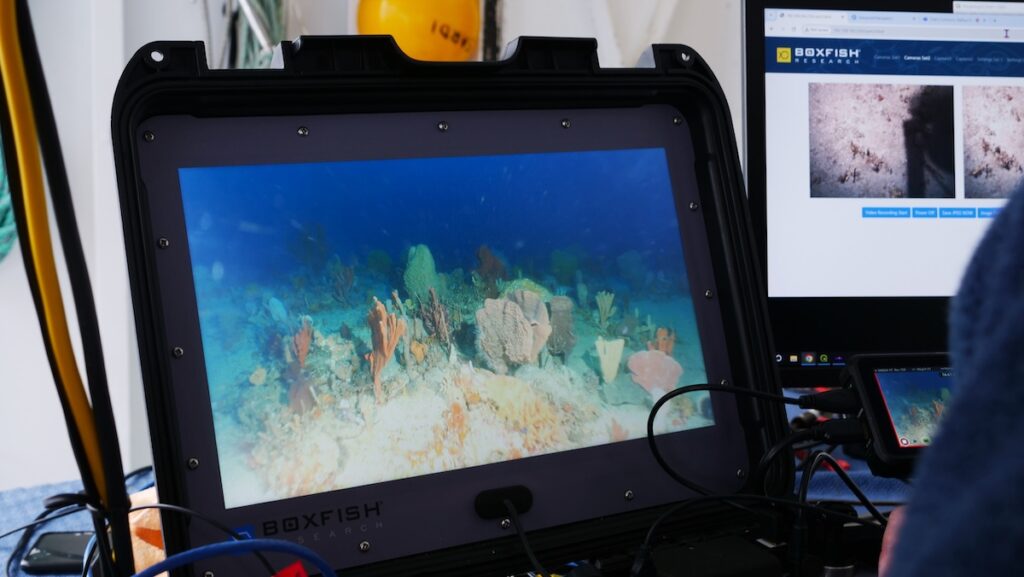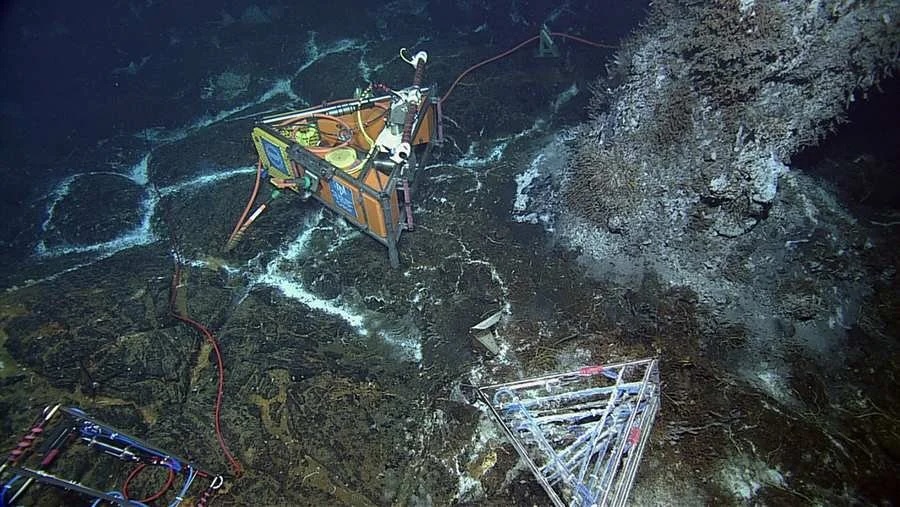Locator Beacons
Discover cutting-edge solutions from leading global suppliersOcean Signal has introduced the latest additions to its range of advanced safety beacons, the rescueME EPIRB2 and rescueME EPIRB2 Pro.
The EPIRB2 units with Return Link Service (RLS) and mobile connectivity are full-featured and versatile options for leisure boat owners and commercial operators whether cruising, fishing, working or sailing offshore.
The rugged, robust beacons, with 10-year battery life, include Global Navigation Satellite System (GNSS) positioning, 406 MHz Cospas-Sarsat distress signal with MEOSAR compatibility and 121.5 MHz local homing signal.
Compatibility with RLS alerting ensures the beacon owner will receive a notification to confirm that the international satellite system has received the distress message and location. With Near Field Communication (NFC) technology introduced with the free Ocean Signal mobile app, beacon owners can connect to a smartphone to check the current battery life, self-test results, and beacon diagnostics.
The EPIRB2 comes with a Category II manual release bracket, while the EPIRB2 Pro is available with a Category I float free bracket. Both beacons have an infrared strobe, as well as visible light, to facilitate rescue in poor visibility or at night.
The Ocean Signal rescueME EPIRB2 series has received Cospas-Sarsat approval, the equipment authorization from the U.S. Federal Communications Commission (FCC), approval from the U.S. Coast Guard and Radio Equipment Directive (RED) compliance.
Carried by a vessel, an EPIRB is traditionally activated in a life-threatening event, such as sinking, collision and accident, or even a medical emergency to transmit a 406 MHz distress signal via the Cospas-Sarsat satellite system to contact global rescue services.





